Collaroy Beach battered by waves, as Northern Beaches Council takes safety precautions
It was a “scary” experience for residents reminded of the horror of 2016 when their homes were almost destroyed by teh sea. They were bracing for the worst as massive waves lashed the rock wall in front of their homes and the Northern Beaches Council took safety precautions. SEE PICTURES HERE.
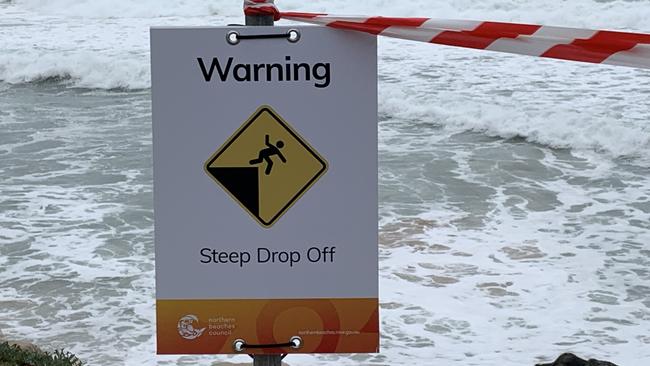
Manly
Don't miss out on the headlines from Manly. Followed categories will be added to My News.
- Police hunt hit and run driver who left woman with broken bones.
- Wind turbines and solar farm proposal for North Head.
As wild waves batter rocks guarding residents homes on Collaroy beachfront the council has cordoned off entry stairs for safety reasons.
Two Northern Beaches Council rangers were seen erecting signs and tape to stop surfers and residents from using stairs on the north side leading from Wetherill St to the beach.
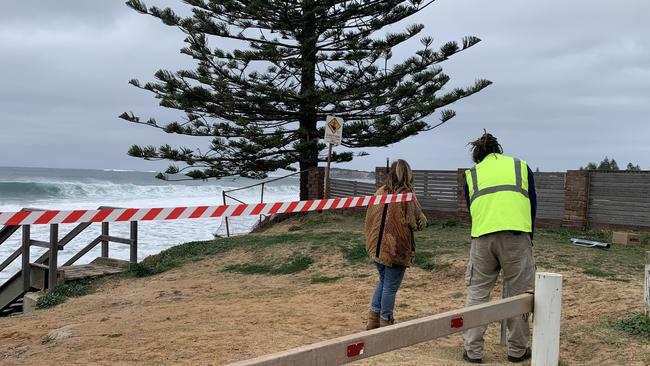
The council confirmed there had been a “significant amount of erosion” over the last four days.
“The council has been monitoring the forecast and impacts of this east coast low on all beaches since Tuesday 14 July,” chief executive Ray Brownlee said.
“At Collaroy-Narrabeen the council staff have been monitoring the situation twice a day in consultation with expert coastal engineers.
“The erosion has required the council to close a number of access ways onto the beach due rocks being exposed on the beach and in the water by the storm. At present no private properties are considered to be at threat from this storm.”
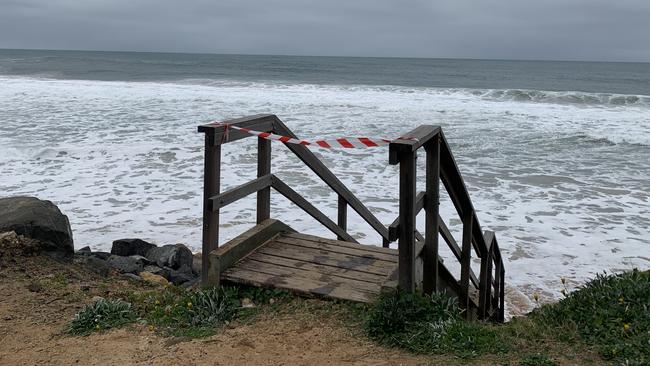
Meanwhile, sand had washed up on the promenade outside the surf club revealing the large scale of the waves this week, with sand bags lining the exterior building.
Resident Neal Gibson who resides near Wetherill St said his property was being protected by some rocks temporarily but said there were plans to construct a sea wall later this year.
Mr Gibson said he was “used to” the crazy weather and storms.
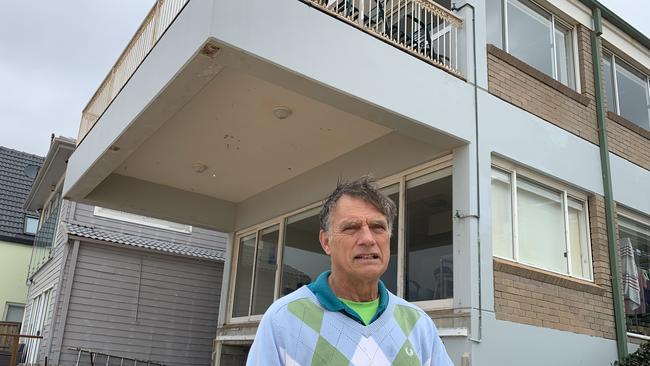
Another Collaroy resident living on the beachfront Garry Silk said this time he felt his property was safe because the storm was coming from the south east but it still reached the boundary to his home.
“It’s scary but where we are, we are being protected by Long Reed Headland. Residents closer to the north side have really copped it because they are less protected. The waves are bigger there,” Mr Silk said.
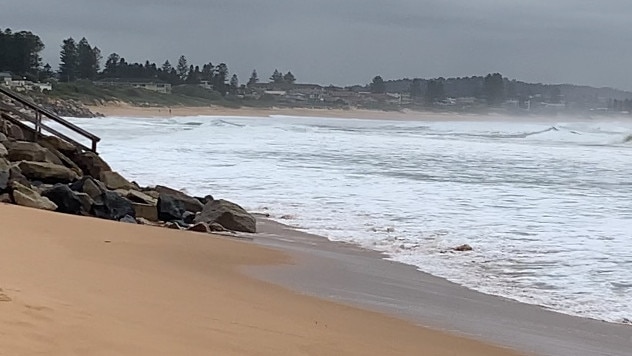
He said over the last four years he’d been trying to get a sea wall erected to help protect the property, but it was at a big cost.
“In 2016 we got wiped out. We had a cabana which looked like a ship going over when it was washed out into the sea. We were evacuated.
“We have to get a wall built but there’s been all kinds of difficulties. It will take another year, the trouble is it’s been estimated to cost us $200,000.”
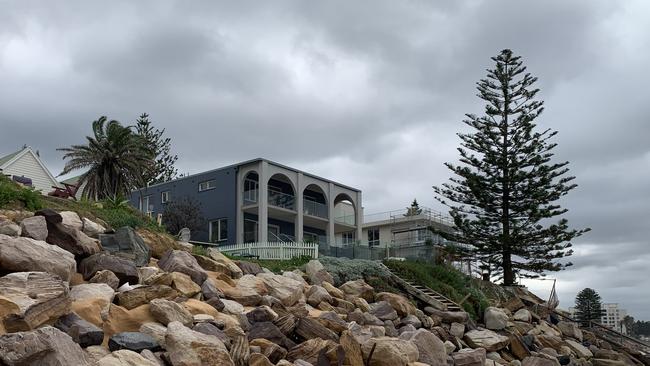
A property owner living closer to The Collaroy said his property had minor damage from the water more recently and had been in a legal battle with council over a sea wall for four years.
“The council haven’t been very cooperative. Since that big storm in 2016 all the residents here have been trying to get sea walls and the council has virtually made that impossible,” John Pierre said.
“It means we would have to maintain part of the public beach.”
Northern Beaches Council’s chief executive said the council had been working with residents and had offered a financial contribution.
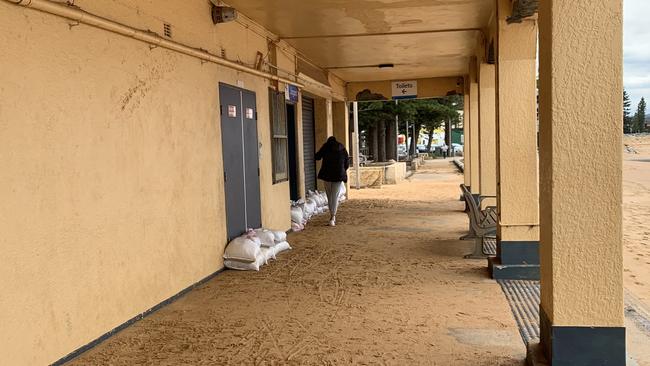
“The council continues to work with residents at Collaroy to assess and approve development applications in accordance with the requirements of the NSW Coastal Management Act 2016,” Mr Brownlee said.
“Development applications have been approved that will protect 22 of the 49 properties. The council has not received applications from the remaining 27 and strongly encourages the remaining properties to submit applications as soon as possible.
“In all cases, the council has been working with residents to try to assist them in addressing the requirements of the State NSW Coastal Management Act 2016 and the council and state planning controls, and will continue to do so.”
He said the council and the NSW Government will provide a 20 per cent contribution to private residents who construct approved coastal protection works.
